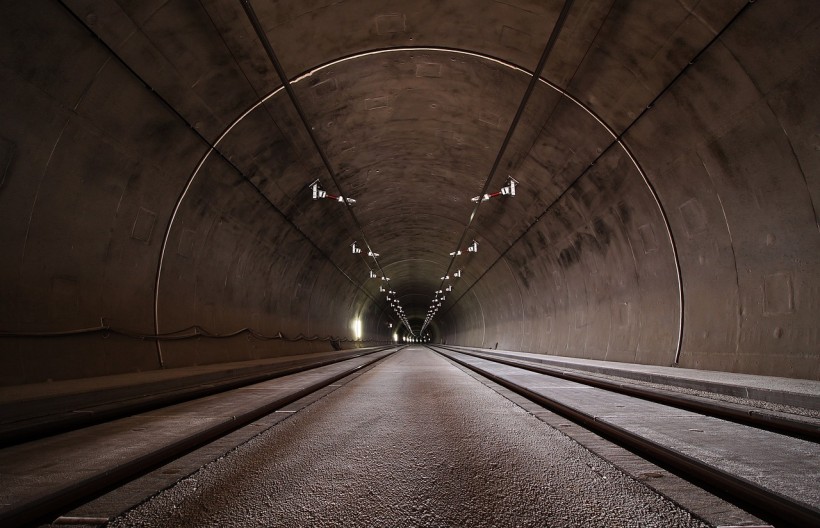Increased human activities in urban areas have been found to worsen air quality, negatively affecting residents' lives and health. Transportation remains one of the primary sources of air pollution in these areas due to the production of delicate particulate matter.

Improving internal air quality in road infrastructure in the best way possible can be achieved by pre-emptively removing exemplary particle precursors from automobile exhaust gases. One of the possible solutions to attain this is using construction materials that can apply photocatalysis. This ability has been the spotlight in the research conducted by a group of scientists from the Korea Institute of Civil Engineering and Building Technology (KICT).
A photocatalyst is a semiconducting material that effectively breaks down pollutants during a photocatalytic reaction. Upon exposure to light, photocatalysts produce reactive oxygen species (ROS) with strong oxidizing capability. Precursors of fine particulate matter, such as nitrogen oxide and sulfur oxide, are then converted to harmless substances, which helps suppress the generation of pollutants. However, photocatalysts are proven excellent in reducing toxic substances from the air, and using them as construction materials come with high manufacturing costs.
A New Approach to Air Filtration
In response to this challenge, the Green Construction by Photocatalyst Research Group (GCP Research Group) of KICT developed a type of photocatalytic porous concrete using technologies that allow cost-efficient mass production. Since 2018, the team has been producing photocatalysts from wastewater sludge with the support of the Ministry of Land, Infrastructure, and Transport. Because of this, the GCP Research group was able to create photocatalytic porous concrete, which is both efficient in technical performance and economically competitive.
The result of the study reveals an estimated 18% reduction in the amount of nitrogen oxides over 24 hours. The photocatalytic degradation products were also washed by rain, allowing the technology to last permanently, even without needing maintenance.
The team completed A trial application on the inner walls of the Banpo Underground Road Tunnel in Seoul, South Korea. Another comprehensive trial is conducted in Gyeonggi-do Province to test the effectiveness of photocatalytic construction technologies. According to head researcher Dr. Jong-Won, they plan to cooperate with local governments and public corporations to demonstrate their invention to other sites and achieve practical commercialization and distribution.
READ ALSO: Study Shows Air Pollution Can Mess With Our DNA
Air Quality in Underground Tunnel Systems
Tunnel transport systems are considered potential solutions for the problems of urbanization, such as traffic congestion and land shortage. However, compared to other road environments, underground tunnels have worse air quality due to poor air circulation. Road tunnels are regarded as a chamber since they are relatively closed environments.
Inside an underground tunnel, the concentrations of air pollutants are determined by various parameters such as traffic flow, road, gradient, and ventilation. Pollutants can also be found in different areas of a tunnel, such as air portals, chimneys, and other openings.
It was found that road tunnels have pollution levels that are up to 1000 times higher than in surrounding areas. Scientists are alarmed by this concentration level because of the potential harm it can cause drivers and passengers.
In response to this environmental concern, air quality is now considered in underground tunnel planning, designing, and operation. Experts call for urgent action from the government to reduce air pollution levels inside the tunnel and remove ultrafine particles from the outside environment.
RELATED ARTICLE: How Dangerous is the Current State of Air Pollution?
Check out more news and information on Air Pollution in Science Times.














